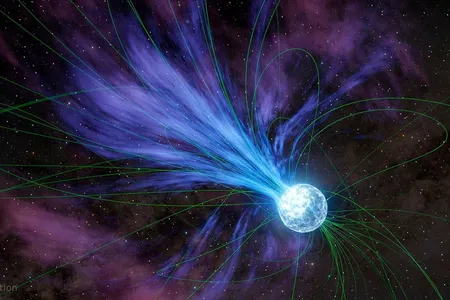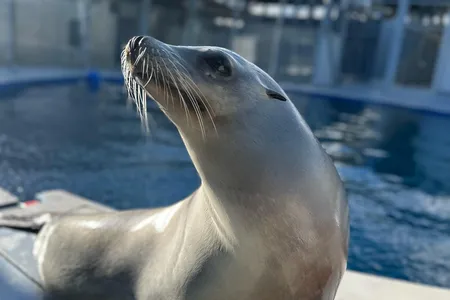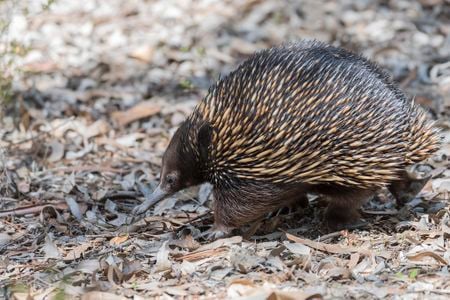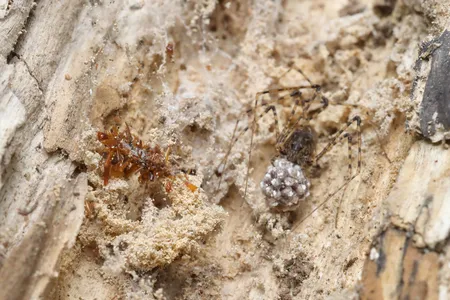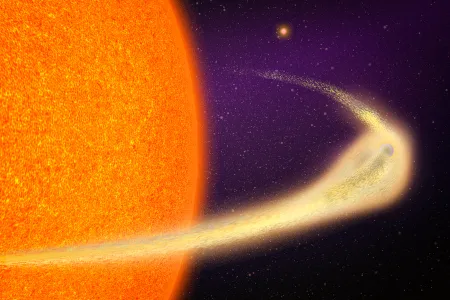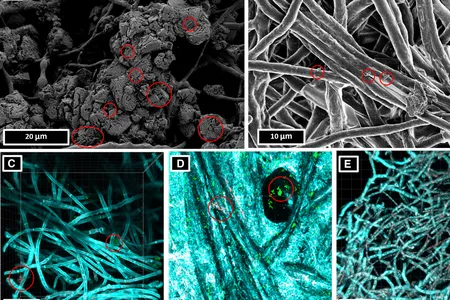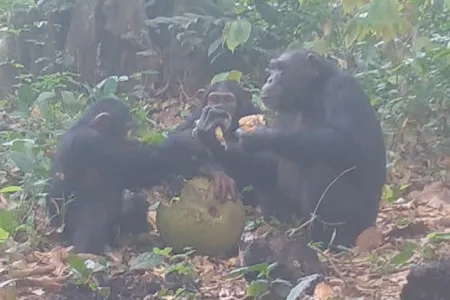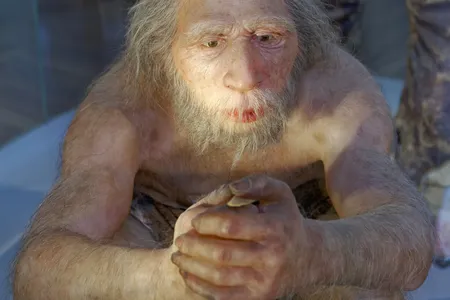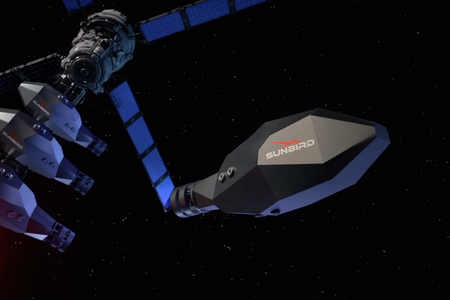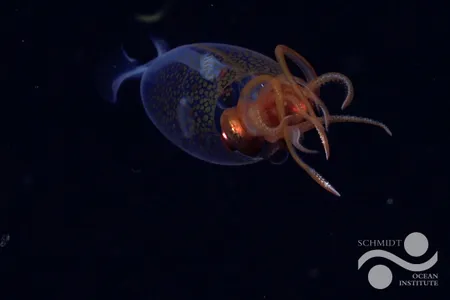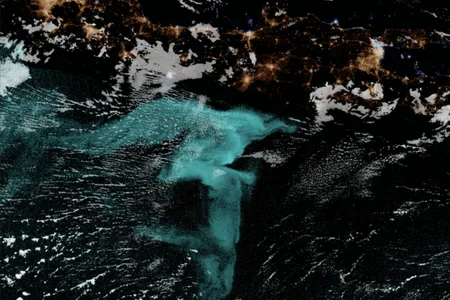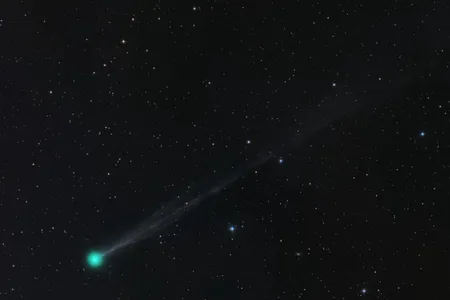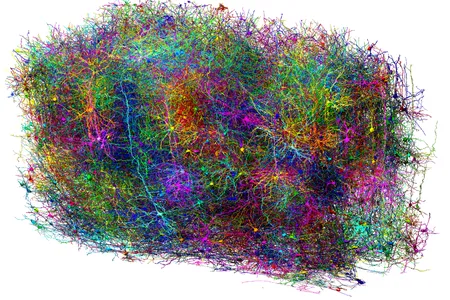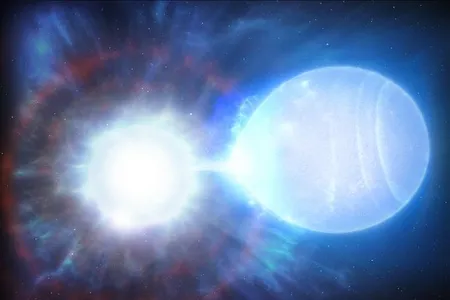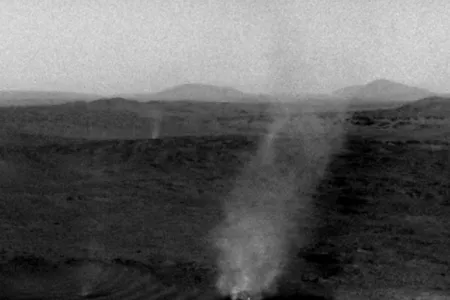Stories from this author
Astrophysicists Track Down the Mysterious Cosmic Origins of Gold and Other Heavy Metals in Our Galaxy
Researchers suggest powerful bursts from magnetars—collapsed stars with strong magnetic fields—may have contributed up to 10 percent of all elements heavier than iron in the Milky Way
This Sea Lion Can Headbang Better Than You—Watch Her Out-Perform Humans at Keeping a Beat
A new study of Ronan, a sea lion famous for her dancing skills, challenges the idea that only vocal learners can match a tempo
A Single Prehistoric Bone Might Rewrite the History of the World’s Strangest Mammals
Analysis of the fossil suggests that the only two egg-laying mammals, platypuses and land-based echidnas, both descended from a semi-aquatic creature
Carthaginians, Ancient Rome’s Infamous Enemies, Are Not Exactly Who Scholars Thought They Were, Ancestry Study Suggests
DNA reveals that the people of Carthage, a powerful independent colony founded by the Phoenicians, had little genetic similarity to their counterparts in the Levant
Researchers Have the Perfect Cacio e Pepe Recipe Down to a Science—Literally
Cooking the famous, creamy pasta sauce is as delicious as it is frustrating, because the cheese tends to clump when exposed to heat. That’s why Italian scientists created a new technique that’s “simple yet precise”
A Soviet Spacecraft Is About to Crash Back to Earth After Being Stuck in Orbit for 53 Years
The Cosmos 482 lander was intended to reach Venus, but it has instead been circling Earth since 1972
Researchers Discover a Rare, Carnivorous Caterpillar That Wears Dead Insect Parts to Fool Spiders
The species, dubbed the “bone collector,” belongs to an ancient lineage of moths older than the Hawaiian island of Oahu, which is the only place it’s known to live today
Astronomers Discover a Doomed Exoplanet That’s Crumbling Away and Leaving Behind a Comet-Like Tail
The planet orbits its host star in just 30.5 hours, losing a mass of material roughly equal to Mount Everest each time
New, ‘Living’ Building Material Made From Fungi and Bacteria Could Pave the Way to Self-Healing Structures
Researchers are developing the biomaterial as a more environmentally friendly alternative to concrete, but any wide-scale use is still far away
Watch Wild Chimpanzees Share Alcoholic Fruit, a Behavior Just Captured on Video for the First Time
Though the reason behind this action is unclear, researchers suggest socially consuming alcohol may have offered evolutionary benefits to a common ancestor of both humans and chimps
Sunscreen, Clothing and Caves May Have Given Modern Humans an Edge Over Neanderthals When Earth’s Magnetic Field Wandered
A new study suggests the extinction of Neanderthals nearly coincided with a shift in Earth’s magnetic field that let more radiation reach the ground. Our species might have adapted more easily
Humanoid Robots Just Raced Alongside Human Runners in a World-First Half-Marathon. Here’s How It Went
The race, held in China on Saturday, showcases the country’s advancements in humanoid technology. Still, only 6 of the 21 robot contestants made it across the finish line
Fusion Rockets Could Theoretically Cut Our Travel Time to Mars in Half. This U.K. Startup Wants to Give It a Try
The company’s ambitious new Sunbird design aims to harness nuclear fusion in space, despite the fact that commercializing such energy on Earth remains a faraway dream
Check Out the First Confirmed Footage of the Colossal Squid, a Rare and Enigmatic Deep-Sea Species
Most of what we know about the elusive creature comes from research on its remains found in whale stomachs, but scientists just filmed a one-foot-long juvenile in the South Atlantic Ocean
High School Student Discovers 1.5 Million Potential New Astronomical Objects by Developing an A.I. Algorithm
The 18-year-old won $250,000 for training a machine learning model to analyze understudied data from NASA’s retired NEOWISE telescope
Glowing ‘Milky Seas’ Have Baffled Sailors for Centuries—New Research Brings Scientists One Step Closer to Solving the Mystery
Historical accounts of vast ocean waters glowing in the dark go back hundreds of years, and researchers are still trying to determine exactly what triggers the phenomenon
A Newly Discovered and Brilliantly Green Comet Is Dazzling Astronomers. Here’s What to Know About the Glowing Celestial Visitor
Initial observations suggest the comet, called C/2025 F2 (SWAN), will continue getting brighter as it approaches the sun. Northern Hemisphere viewers with binoculars can currently spot it in early morning skies
In a World First, Researchers Mapped Part of a Mouse’s Brain in Incredible Detail. It’s a Leap Forward for Neuroscience
The 3D brain map includes more than 200,000 cells, 523 million synapses and over two miles of axons, representing the most detailed wiring diagram of a piece of mammal brain ever constructed
Astronomers Discover a Rare White Dwarf Pair Doomed to Explode in a Brilliant Supernova
The event will be ten times brighter than our Moon in the night sky, but never fear, it won’t happen for another 23 billion years
Watch a Spinning Martian Dust Devil ‘Consume’ Another in a New Video Captured by NASA’s Perseverance Rover
Tracking dust devils helps researchers learn more about Mars’ atmosphere, wind and weather conditions
Page 3 of 12

